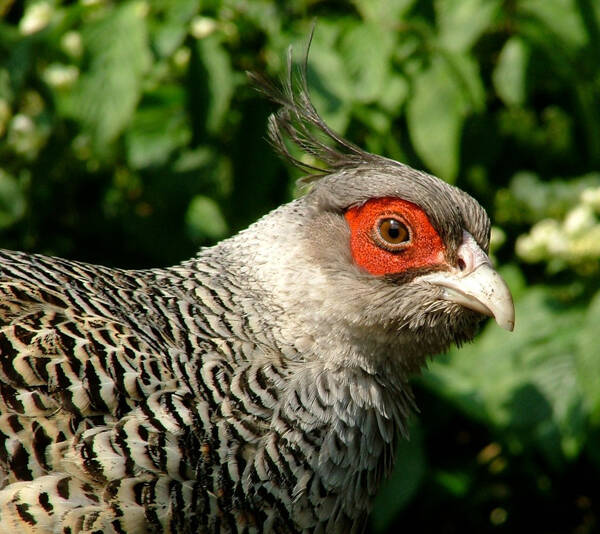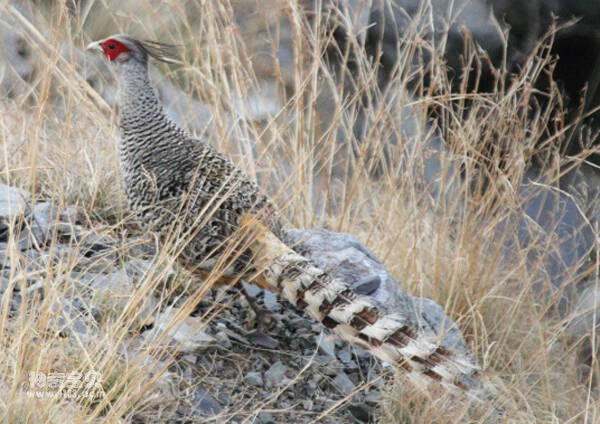Cheer Pheasant
IUCN
LCBasic Information
Scientific classification
- name:Cheer Pheasant
- Scientific Name:Cheer Pheasant,Catreus wallichii
- Outline:Landfowl
- Family:P.Genus P.family
Vital signs
- length:32-112cm
- Weight:900-1800g
- lifetime:No textual research information is available
Feature
Distribution and Habitat
It is native to the southern foothills of the Western Himalayas, from northern Pakistan, through Kashmir, Himachal Pradesh, North Anchal Pradesh, India, east to central Nepal.
Native species: India, Nepal, Pakistan.
Perched at an altitude of 1200~3250 meters, there are shrubs, thorns and rocky dangerous land. The nest is placed on a rocky cliff on a steep hill, sheltered by grass, shrubs, or fern tufts. Burnt cypress, juniper, fir mixed forest and secondary rhododendron forest were also found. Preference for regular grazing or burning pastures.
Appearance
The brown slender crest is hair-like and has a ring of red skin on the face. The feathers are grayish-yellow with black stripes and spots. The tail is long, and the fur color is mainly light yellow, black and brown.
Sexual identification: The female bird is slightly smaller than the male, has darker plumage, darker markings, lighter red face, shorter crest, and does not have the male foot distance. Most of the male's upper neck is grayish white, with distinct dark stripes on the back.
Size measurement: weight 1250~1800g, ♀900~1360g; The body length is 90~112cm, ♀61~67cm; Tail length 45~58cm, ♀32~47cm.
Details
The painted Pheasant (Catreus wallichii), the foreign name Cheer Pheasant, like most pheasant birds, does not have a bright rich color.

Most pheasants use their powerful beaks to dig the ground for food, including plant roots, tubers or bulbs, seeds, grubs, beetles, snails, insect larvae and worms, as well as ground seeds, berries, grass and leaves. They usually forage in pairs in the morning and evening, sometimes in groups.
Painted pheasants live in groups of 5 to 15, but during the breeding season from late April to June, females and males pair individually. The number of eggs per litter is large, generally 10 to 11, and as many as 14 have also been found. The female incubates for 26 days (in captivity), and the male stays close to the brood to help hatch and protect the newborn. If the chicks are disturbed by an outsider, the parents will engage in confused behavior and the male will deter the intruder.

The population of the pheasant is estimated to be about 4,000-6,000, with 2,700-4,000 mature individuals, and a re-survey of previous observation sites in Himachal Pradesh showed that the population of the pheasant has declined significantly and even disappeared from some observation sites. The revised population is estimated at 3,000-4,000 individuals, with 2,000-2,700 mature individuals.
Listed in Appendix I of the Convention on International Trade in Endangered Species of Wild Fauna and Flora (CITES).
Listed on The IUCN Red List: Vulnerable Species (VU), 2013 assessment.
Protect wild animals and eliminate wild meat.
Maintaining ecological balance is everyone's responsibility!








